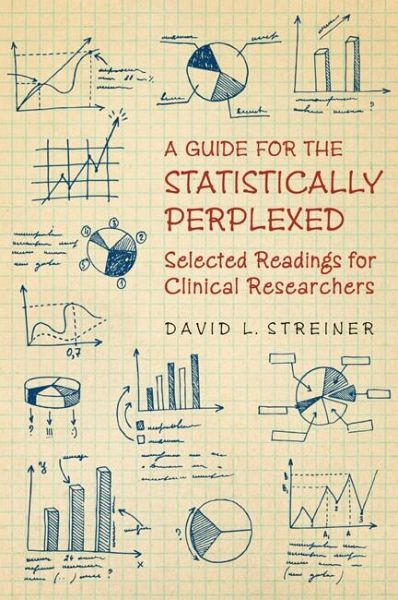
Guide to the Statistically Perplexed
Selected Readings for Clinical Researchers
Versandkostenfrei!
Versandfertig in über 4 Wochen
39,99 €
inkl. MwSt.

PAYBACK Punkte
20 °P sammeln!
Do statistics-heavy research papers give you a headache? Are you baffled by bias, confused by correlation, or flummoxed by F-tests? A Guide for the Statistically Perplexed is here to help! This book is designed to assist students, clinicians, and researchers in becoming familiar with statistical and research techniques by covering the essentials of the topic and drawing attention to many common problem areas. Inspired to write on this topic in reaction to mistakes he encountered in actual papers, David L. Streiner uses his trademark sense of humour and light-hearted style to explain complex st...
Do statistics-heavy research papers give you a headache? Are you baffled by bias, confused by correlation, or flummoxed by F-tests? A Guide for the Statistically Perplexed is here to help! This book is designed to assist students, clinicians, and researchers in becoming familiar with statistical and research techniques by covering the essentials of the topic and drawing attention to many common problem areas. Inspired to write on this topic in reaction to mistakes he encountered in actual papers, David L. Streiner uses his trademark sense of humour and light-hearted style to explain complex statistical concepts in lucid, jargon-free language. Streiner delves into topics such as presenting data (or, conversely, how not to), statistical techniques, and more advanced procedures. To help readers detect problems with research design and interpretation, he details important ‘CRAP’ (convoluted reasoning or anti-intellectual pomposity) detectors for which they should watch out. Even those with little or no background in statistics, measurement theory, or research will come out of A Guide for the Statistically Perplexed with a new understanding and appreciation of these topics.














